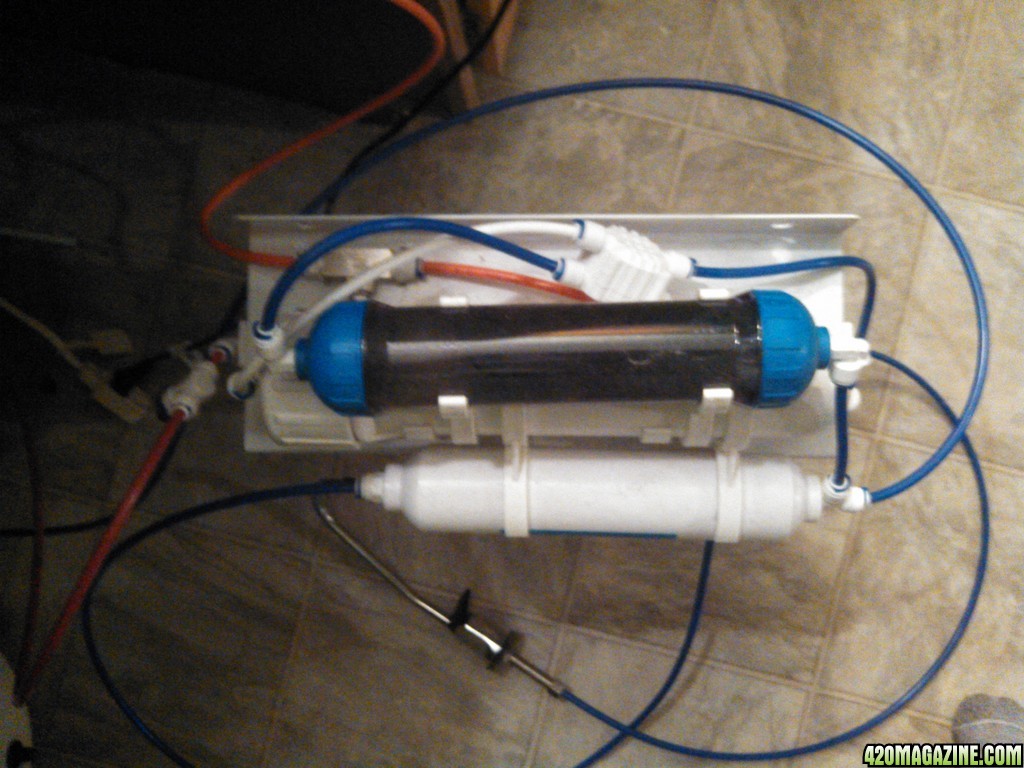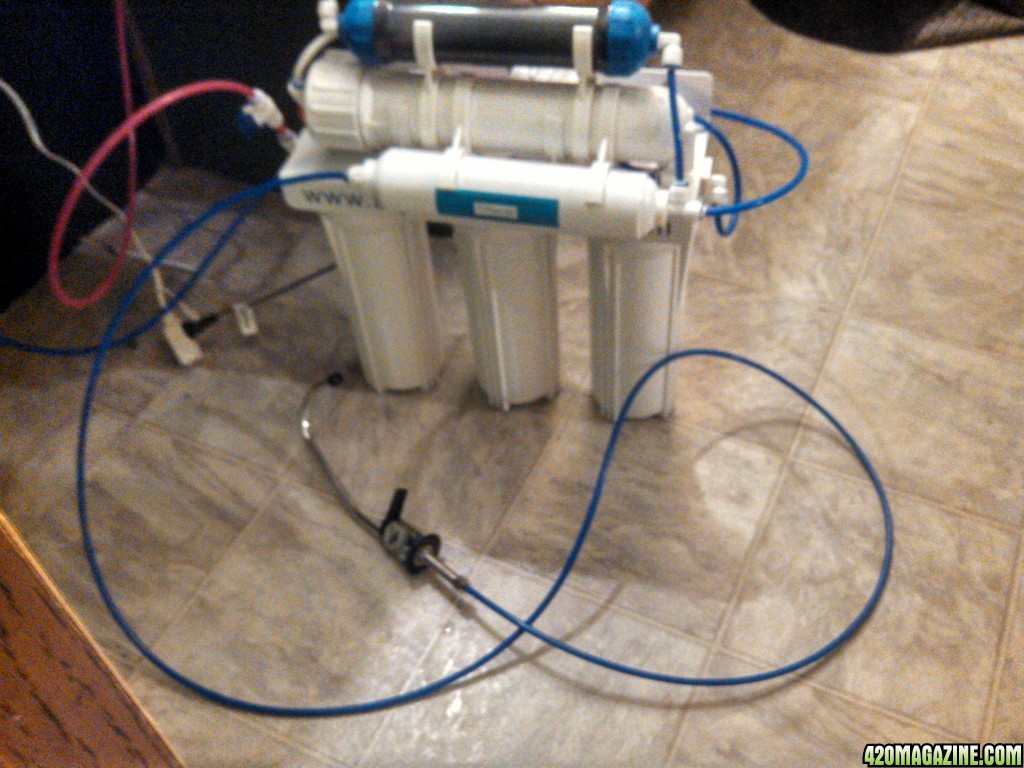silverrocksta
New Member
I currently have a 6 stage r/o system that has a 3.5 gallon tank a tap on it. I have seen the systems hooked up to a 45 gallon drum with a float valve, but don't know what I need or how to hook them up. Could anyone assist me with this. Thanks everyone





